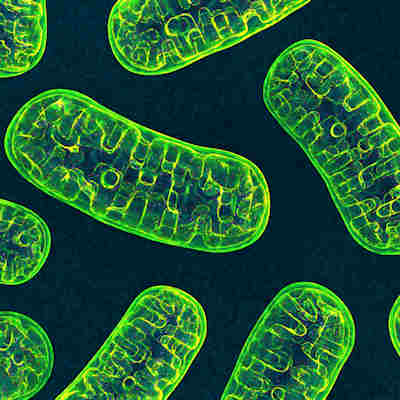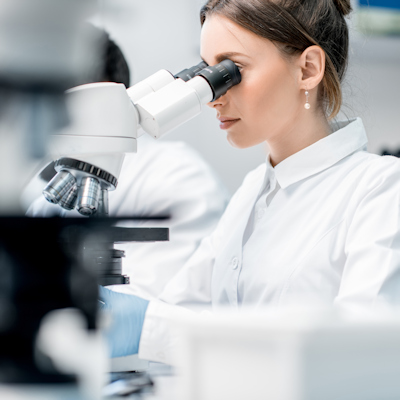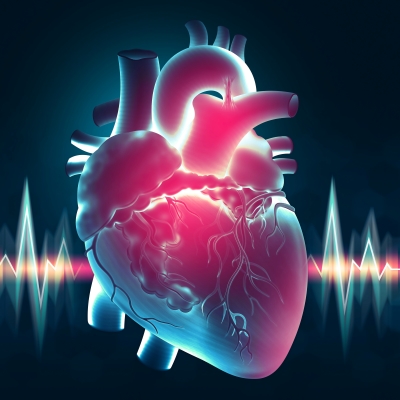September 16, 2022 -- An international team of researchers, led by Norway’s University of Bergen, has used data science and computational biology to show that the same “rules” have shaped how organelles -- both mitochondria and chloroplasts -- have evolved.
Over time, the organelles have lost most of their genomes with only a handful of genes remaining in modern-day mitochondrial and chloroplast DNA, according to the researchers. The remaining genes are essential for life and important for many devastating inherited diseases. However, why some genes and not others are retained in their organelle DNA genomes remains a debated question.
Researchers were surprised to find that their models trained to describe mitochondrial genes also predicted the retention of chloroplast genes -- and vice versa. The team also discovered that the same genetic features shaping mitochondrial and chloroplast DNA also appear to play a role in the evolution of other endosymbionts -- organisms which have been more recently captured by other hosts, from algae to insects.
"That was a wow moment," team leader Iain Johnston, a professor at the University of Bergen, said in a statement. "We, and others, have had this idea that similar pressures might apply to the evolution of different organelles. But to see this universal, quantitative link -- data from one organelle precisely predicting patterns in another, and in more recent endosymbionts -- was really striking."
Going forward, the researchers are trying to determine how different organisms maintain the organelle genes that they do retain. Given that mutations in mitochondrial DNA can cause devastating inherited diseases, they plan to use modeling, statistics, and experiments to explore how these mutations are dealt with in humans, plants, and other species.
Copyright © 2022 scienceboard.net









